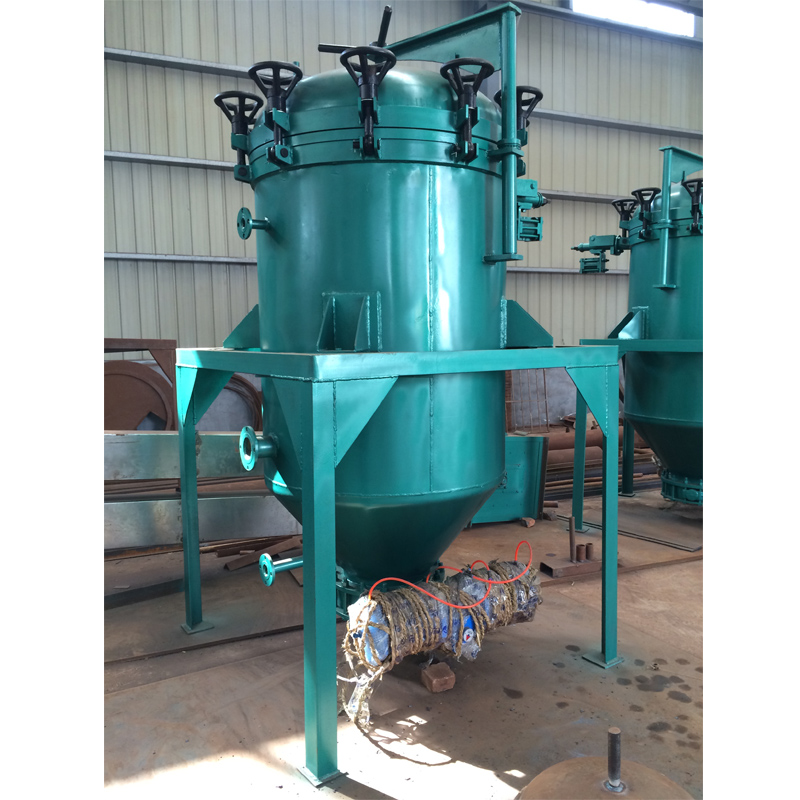Nov . 17, 2024 16:50 Back to list
disc centrifuge product
Understanding the Role of Disc Centrifuges in Modern Separation Techniques
Disc centrifuges have become an integral tool in various industries—from pharmaceuticals to food processing—due to their ability to efficiently separate solid and liquid phases from mixtures. This separation technology leverages the principles of centrifugal force, which operates on the premise that denser materials will move outward, while lighter materials remain closer to the center. The efficiency and precision of disc centrifuges make them a preferred choice for processes requiring high purity and yield.
Functionality and Design
At the heart of a disc centrifuge is a rotor that spins at high speeds, creating a powerful centrifugal force. The design typically includes a series of discs stacked vertically, which increases the effective surface area for separation. As the rotor spins, the mixture is fed into the bowl through a feed tube. The centrifugal force drives the heavier particles towards the outer fringes of the bowl, while lighter components, including liquids, tend to settle towards the center.
The unique design of the discs allows for enhanced separation by minimizing the settling distance of the solids. Consequently, the solid particles are expelled through a discharge port, while the clarified liquid overflows from another outlet. This continuous operation ensures minimal downtime and maximizes productivity, making disc centrifuges ideal for large-scale industrial applications.
Applications Across Industries
1. Pharmaceuticals In the pharmaceutical industry, disc centrifuges are critical for separating components in the production of antibiotics, vaccines, and other biopharmaceuticals. They facilitate the removal of impurities and ensure that the final products meet stringent quality standards.
2. Food and Beverage In food processing, disc centrifuges are employed to clarify juices, recover valuable components like proteins, and separate fats in dairy products. Their ability to operate efficiently at various temperatures and pressures makes them versatile for different food applications.
3. Chemical Processing The chemical industry relies on disc centrifuges for separating catalysts, pigments, and other substances during production. These processes require high precision and the capability to handle viscous mixtures, tasks perfectly suited to the technology of disc centrifuges.
disc centrifuge product

4. Wastewater Treatment Disc centrifuges play a critical role in environmental management by enabling the effective separation of solids from liquids in wastewater treatment processes. This separation minimizes the volume of sludge and enhances the overall efficiency of treatment facilities.
Advantages of Disc Centrifuges
One of the main advantages of using disc centrifuges lies in their capacity for continuous operation, which boosts productivity. Additionally, the centrifugal force enables separation at much faster rates than traditional gravity-based techniques. Disc centrifuges are also capable of handling varying feed rates and can adapt to different material properties, increasing their flexibility across diverse applications.
Another significant benefit is the high level of purity achievable with disc centrifuges. They can effectively separate materials with very close densities, ensuring that the end products meet high-quality standards. Furthermore, the closed operation of these machines minimizes contamination risks, which is essential in industries such as pharmaceuticals and food production.
Challenges and Innovations
Despite their advantages, disc centrifuges are not without challenges. The initial investment and maintenance costs can be substantial, especially for smaller businesses. Additionally, the complex engineering of these devices necessitates skilled personnel for operation and upkeep.
In response to these challenges, manufacturers are increasingly incorporating automation and advanced control systems to enhance operational efficiency and reduce human error. Innovations such as improved materials for construction, better sealing technologies, and advanced monitoring systems are also being introduced to increase reliability and performance.
Conclusion
Disc centrifuges represent a pivotal advancement in separation technology, combining efficiency and effectiveness across multiple industries. Their ability to deliver high-quality separation with minimal downtime makes them an invaluable asset in modern industrial processes. As technology continues to evolve, we can expect further enhancements in disc centrifuge design and functionality, solidifying their position as leaders in the world of separation techniques.
-
HP 120 Cold Oil Press-Hebei Huipin Machinery|Oil Extraction, Cold Press
NewsAug.07,2025
-
HP 120 Model Cold Oil Press-Hebei Huipin Machinery|Cold Oil Extraction, High Efficiency
NewsAug.07,2025
-
HP 120 Model Cold Oil Press - High-Efficiency Oil Extraction&Automated Processing
NewsAug.07,2025
-
Safflower Oil Press Service | Expert & Efficient Solutions
NewsAug.07,2025
-
HP 120 Model Cold Oil Press - Hebei Huipin Machinery | Advanced Oil Extraction Technology
NewsAug.06,2025
-
HP 120 Cold Oil Press-Hebei Huipin Machinery|Cold Pressing, Oil Extraction
NewsAug.06,2025
